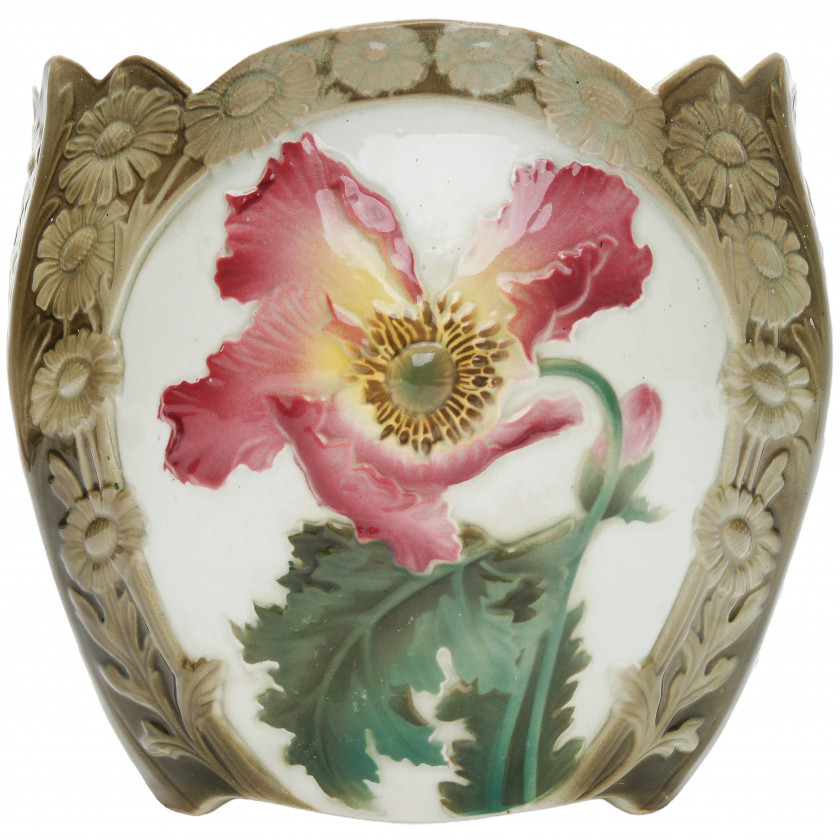Фаянсовое кашпо для цветов
-
Предмет продан
Автор/Изготовитель: Keller & Guerin, St. Clement
Года жизни/Период работы: 1758 - 1930
Место Изготовления: Франция, Сен-Клеман
Дата Изготовления: конец 19 - начало 20 века
Материалы: подглазурная ручная роспись, фаянс
Стиль: Ар-Нуво
Диаметр: 26 см.
Высота: 23.0 cм.
Состояние:
Плохое
Хорошее
Отличное
Примечания к состоянию: Трещина, износ соответственно возрасту и использованию
Информация о доставке
- Войдите, чтобы увидеть стоимость доставки этого предмета на ваш адрес.
Способы доставки определяются по размерам предмета, типом, хрупкостью и конкретными характеристиками.
Стоимость доставки рассчитывается на основе тарифов перевозчика, расстояния доставки и сложности упаковки.
Детали платежа
Doma Antikvariāts принимает следующие способы оплаты:








